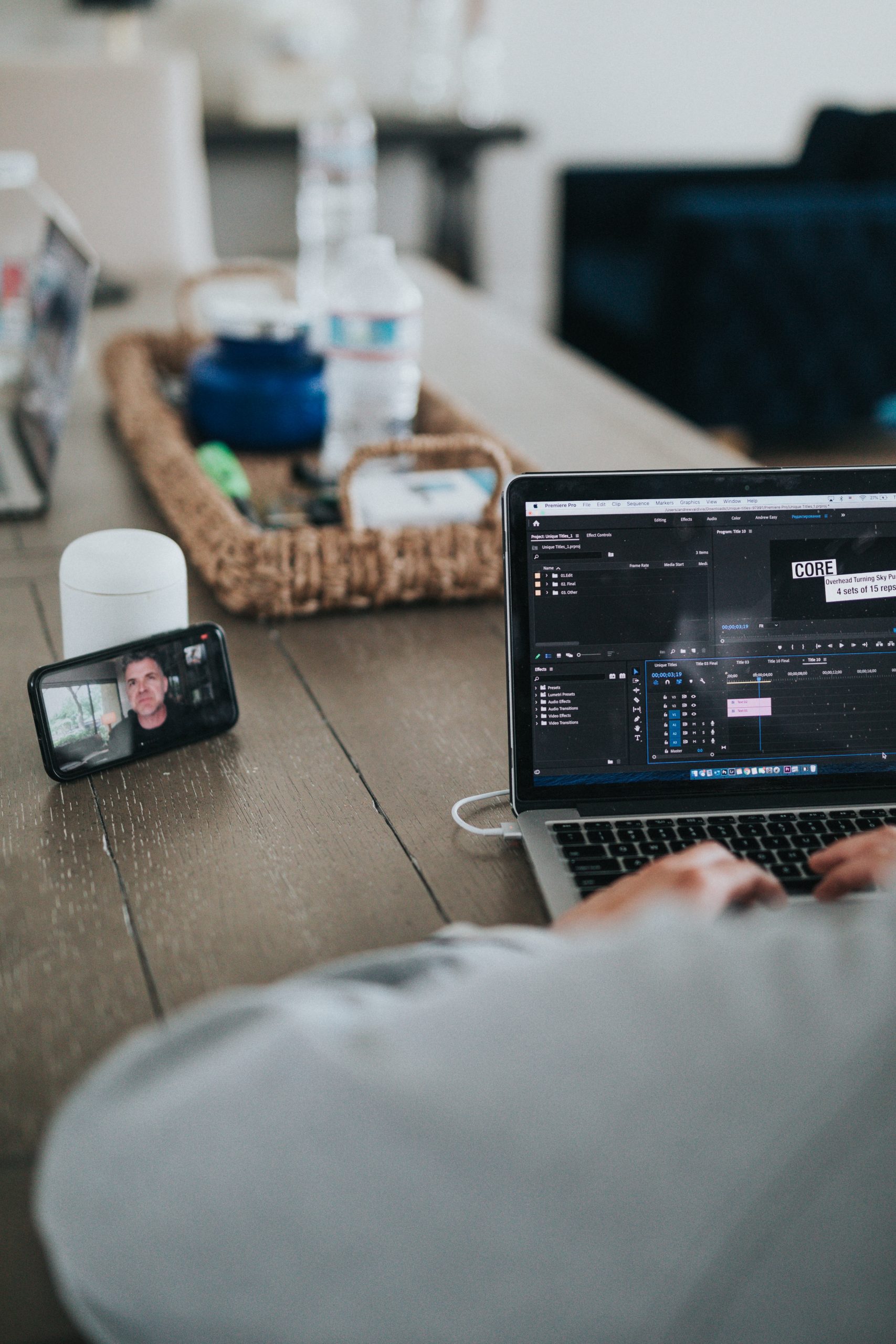One thing that I have noticed whilst having moved to remote working over the past few weeks with my clients is how a number of meetings have changed. Their format has been tweaked and their productivity has improved.
I hate meetings that don’t produce anything and take up valuable time; I know that I am not alone. So, what were these changes that I have seen?
The purpose of the meeting was clear
People knew exactly why there were going to the meetings. It is good practice to put a meeting into context.
Over the recent weeks there has been a lot more focus on this for the meetings that I have been invited to. A good example of such a context was ‘protecting our staff and saving the business’.
That’s clear isn’t it. You know why you’d be at that meeting.
They had clear agendas
Standard agendas were prevalent. The meeting’s topics were the same every time that they were held. This led to both an increase in effectiveness (people got the hang of preparing information in advance and providing answers promptly during the meetings) and an increase in efficiency (the meetings got shorter).
If the agenda needed to be tweaked it was, but the point is that the standardisation improved the output of the meeting.
There was a clear expectation of duration
In some of the meetings specific elements were time limited, to ensure that rambling didn’t happen. Running a meeting that isn’t face to face is a little harder to manage (for example, you can’t see people that are gesturing because want to say something).
Having clear definitions of how long something is meant to take lets everyone know when a discussion needs to wrap up and encourages people to speak up in a timely manner.
Previous minutes / actions were reviewed prior to the ‘call’
Instead of people turning up, not knowing what is going on and then looking at the actions that they haven’t started, people came prepared.
This is another expectation that was clearly articulated to all participants. Like every habit this wasn’t smooth sailing at first but became normal practice after the first few times. People developed their own habits and got the hang of coming to a meeting / video call prepared.
New actions were captured efficiently
No longer did people have to wait days or weeks to get hold of a copy of the minutes of the meeting; actions were either circulated just moments after the meeting had taken place or the business had adopted a different way to capture action going forward. Options ranged from using spreadsheets to online to do apps and Kaizen boards.
They found a better way that was both efficient and effective.
Fancy minutes were shunned
Following on from the last point, the need for painstakingly typed up minutes were shunned in favour of a Lean approach. Handwritten minutes were taken by the person with the neatest handwriting, scanned and shared amongst the attendees.
Others capture the context of the action (the decision taken) and the action only. There is always a way to become more efficient and more effective if you look for it.
Perhaps not having the face to face element has pushed the change, or perhaps it was to do with adapting to a new medium. What I have experienced is that meetings have been shorter, better focused and more effective.
If you haven’t tackled the effectiveness of your meetings then perhaps this is the ideal time to do so. All of the above points will be useful after the lockdown finishes, so why not form some good habits now?
Giles
